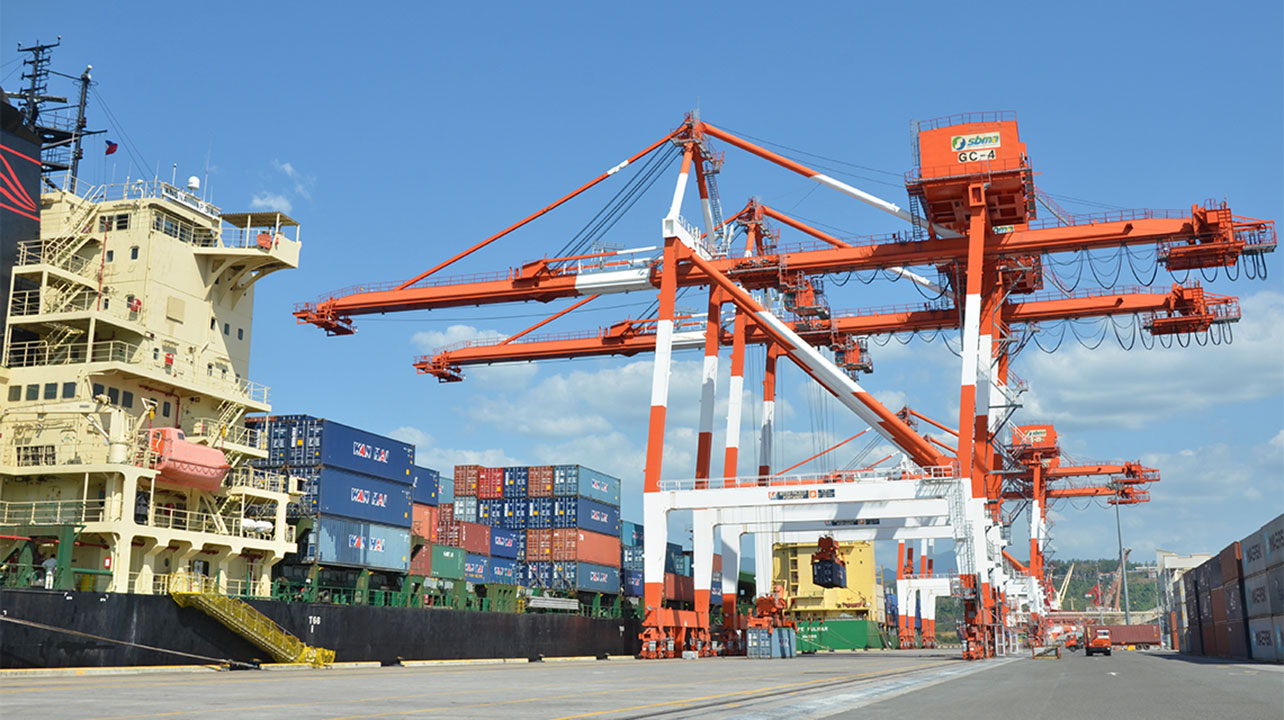Luzon Economic Corridor to receive US support for feasibility studies

THE US Trade and Development Agency will assist with feasibility studies for projects to develop the Luzon Economic Corridor, a White House adviser said.
At the Indo-Pacific Business Forum on Tuesday, Amos Hochstein, a deputy assistant to the US President and Senior Adviser for Energy and Investment, said that the US government will help identify the projects that need to be in place to attract companies to invest in Luzon.
Mr. Hochstein said the initial works are likely to be infrastructure projects like port modernization and rail lines.
“What we want to do is look at what kinds of projects can be invested in and what kinds of projects can be supported first. So we’ve worked with the government of the Philippines on identifying the exact infrastructure projects,” he said.
“That includes port development in Batangas and in Subic Bay, building the freight rail from the ports to Clark, and connecting Subic to Clark to Manila to Batangas. If you can have that kind of integrated investment in infrastructure, that will support the companies coming in,” he added.
Once the feasibility studies are done and the Philippine government starts to put out the tenders for the project, the US government will then come in again through its agencies to provide financing via debt, equity, political risk insurance, and other financial instruments.
“Again, the US government is not here to make investments in the sector, whether it’s in the semiconductor sector or anything else, but rather to look at what kinds of things are the necessary infrastructure that make the private sector come in and make the investments,” he added.
President Ferdinand R. Marcos, Jr. called the Luzon Economic Corridor one of the most important collaborations among the Indo-Pacific Economic Framework for Prosperity (IPEF) partner countries.
“Given Luzon’s critical status as the host of most of the Philippines’ export manufacturing and high-technology industries, upgrading infrastructure in this area is essential,” Mr. Marcos said in his remarks.
“These enhancements are crucial for empowering the workforce and facilitating the smooth flow of goods and services,” he added.
Aside from key projects in the Luzon Economic Corridor, Mr. Marcos also pitched the Philippines’ 491,821-megawatt renewable energy potential, semiconductor, electronics, and critical minerals industries, digital transformation initiatives, and information technology and business process management industry, among others.
Meanwhile, he said that foreign direct investment (FDI) has expanded for four consecutive months, providing support for further growth.
“Notably, IPEF partner countries play a significant role in our robust economic growth, contributing substantially to our FDI and other approved investments,” he added.
To support further growth, he said his government will continue to implement reforms to ensure a conducive business environment, develop a competitive workforce, and drive industrial transformation.
“Through these steadfast efforts, we are attracting foreign investments that are not only fueling our growth, but also broadening our economic base,” he added. — Justine Irish D. Tabile



